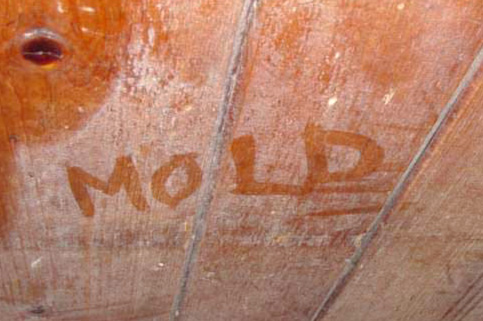The mildew odor of mold is not created by mycotoxins.
Orange fungus wood siding.
Attics are also havens for orange mold growth because they collect warm air and moisture that rises from the rest of the house and they usually have exposed rafters.
Orange fungus growing in mulch.
Orange fungus wood siding.
Staining the restored cedar siding.
Organic mulches are used because they can improve the appearance of an area conserve soil moisture suppress weeds and regulate soil temperature.
The particular worry over the hazardous mold and mildews is because of that these molds could produce mycotoxins unique chemicals that might be harmful.
Wood in the floor and especially in the ceiling above the stove are vulnerable to orange mold growth.
The appearance is slimy and not fuzzy like the more common types of mold and people are understandably upset when seeing it in their house.
This mold may grow on a lot of surfaces from the bathroom to wood and even food.
The fungus grows by consuming wood fiber and the wood becomes soft and punky.
Regular looking mold is disgusting enough but slimy orange mold is more disgusting.
Fungus repair on wood.
Fungus is the cause of dry rot which is one of the most serious defects that wood can develop.
Now the cleaned and brightened cedar wood siding is ready to stain.
Finally your kitchen is a hotbed for orange mold growth.

